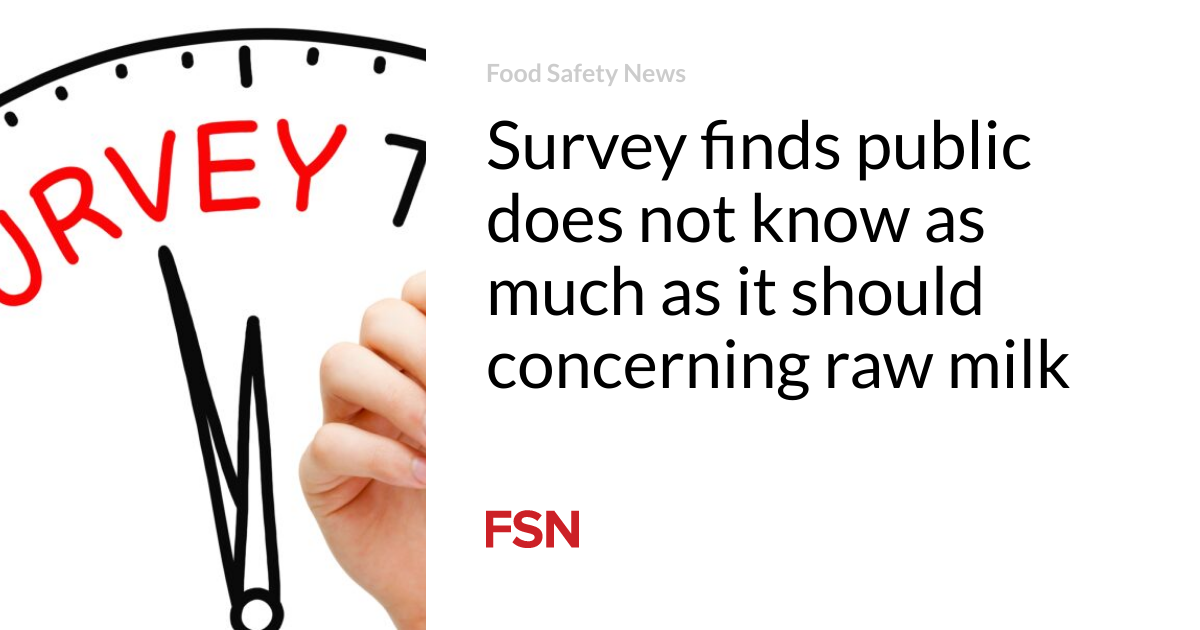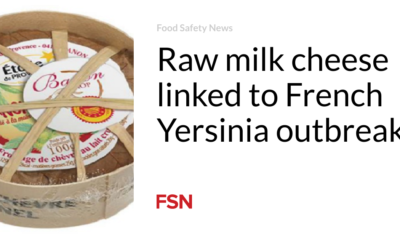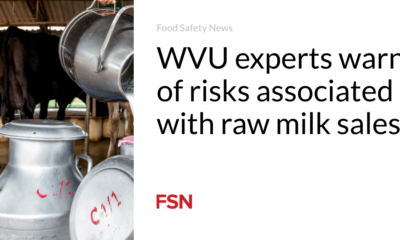Food
Research shows that the public doesn’t know as much as they should about raw milk

An Annenberg Institute survey of 1,031 American adults found that the population doesn’t know much about raw milk, at a time when that lack of knowledge could put people at risk.
“Consuming raw milk or products made with it is riskier than drinking pasteurized milk. Yet less than half of American adults know that drinking raw milk is less safe than pasteurized milk, and many Americans do not understand the risks of consuming raw milk,” according to the latest health survey from the Annenberg Public Policy Center.
And much of what the public knows about raw milk is simply wrong.
The renewed interest in what the public knows and doesn’t know about raw milk comes as there is evidence that pasteurization of milk eliminates the risk of the bird flu virus. This has sparked interest in the level of public knowledge about raw milk.
The Annenberg study found that public health findings on raw milk have failed to reach the public awareness of many population groups.
The survey found that 47 percent of American adults know that drinking raw milk is less safe than pasteurized milk. By comparison, nearly a quarter (24 percent) of Americans incorrectly believe pasteurization is ineffective at killing bacteria and viruses in dairy products (4 percent) or are unsure if this is true (20 percent).
Because many Americans don’t understand the health risks of drinking raw milk, public health is starting from scratch with the new message that only pasteurized milk is safe to drink due to bird flu.
The Annenberg study measured adults’ knowledge of the risks of unpasteurized milk. The Food and Drug Administration continues to believe that the pasteurized commercial milk supply is safe.
The telephone survey found that less than a majority, or 47 percent, knew that raw milk is less safe to drink. And 24 percent incorrectly said that pasteurized milk does not effectively kill bacteria and viruses, or were unsure.
Younger Americans were less likely than seniors to know that pasteurization destroys nutrients; and Republicans less likely than Democrats.
Before the avian virus, raw milk was known to expose people to pathogens such as E. Coli, Listeria and Salmonella. The World Health Organization says the mortality rate for bird flu could be as high as 50 percent.
People who were 65 years or older, college educated, and democrat-oriented were most likely to understand the benefits of pasteurization and did not believe that it destroys the nutrients in milk. City residents are more likely to consider raw milk unsafe.
“The difference in views on raw milk that we see between Democrats and Republicans is difficult to disentangle from the difference between rural and urban residents,” said Kathleen Hall Jamieson, director of the Annenberg Public Policy Center. “Those in rural areas are more likely to identify as Republicans and consuming raw milk.”
SSRS, a market research firm, surveyed 1,031 U.S. adults from June 7 to 10 as part of the SSRS Opinion Panel Omnibus. The margin of error for the total number of respondents is ±3.5 percentage points at a 95 percent confidence level.
(See the topline for further details.)
(Click here to sign up for a free subscription to Food Safety News.)













